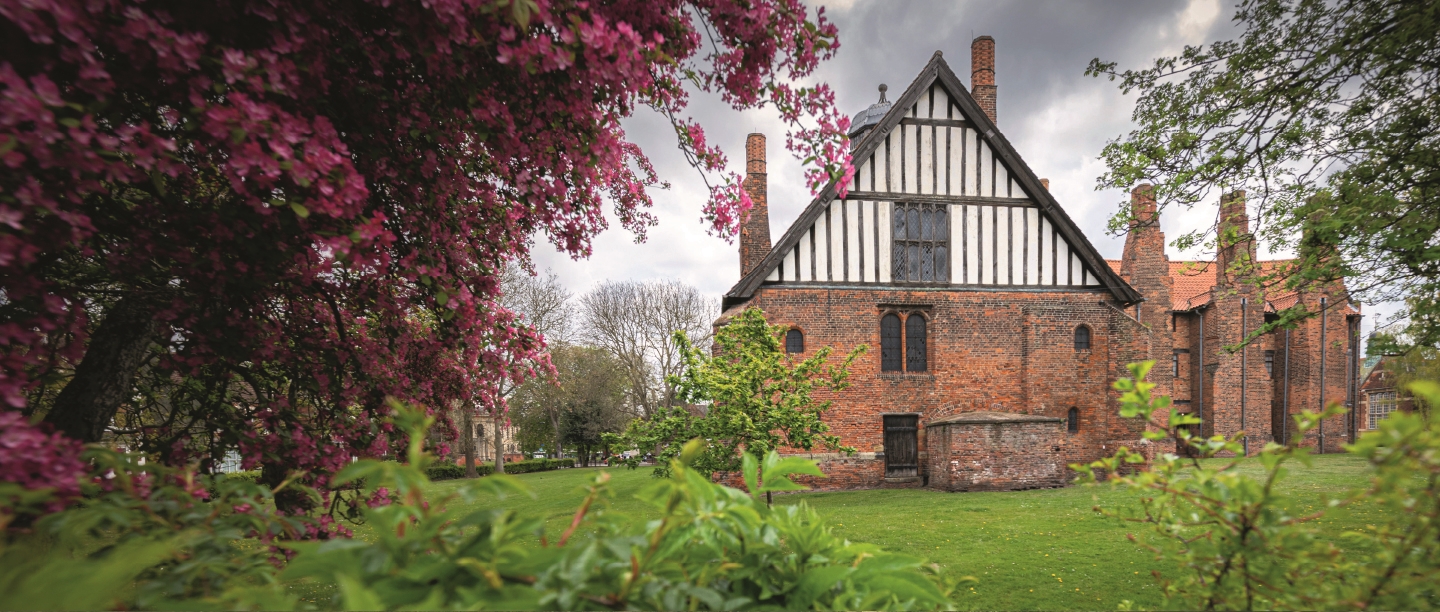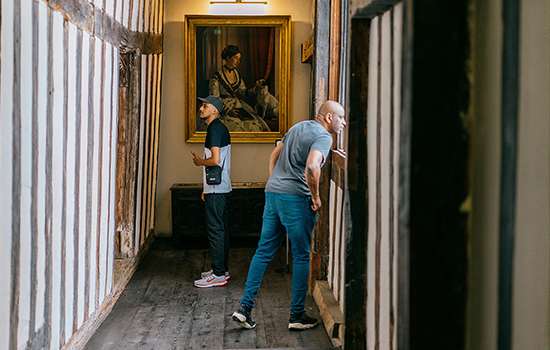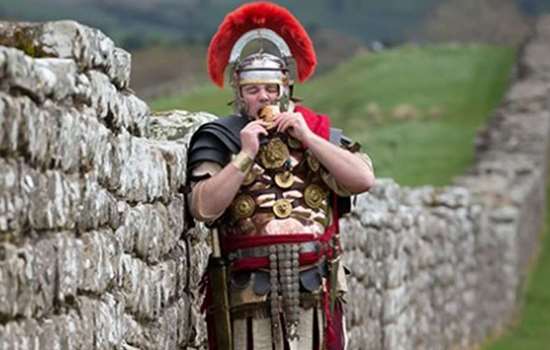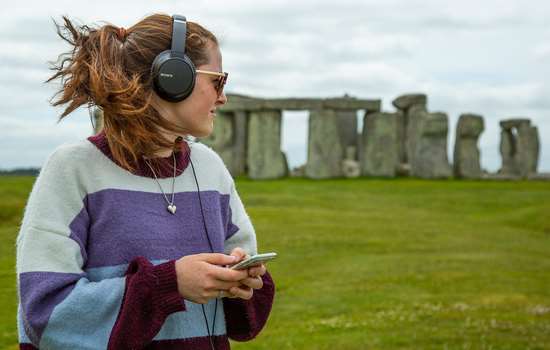Gainsborough Old Hall is a beautiful late medieval manor house in Lincolnshire, built for Sir Thomas Burgh between the 1460s and 1490s. The large house is in the market town of Gainsborough, next door to the church of All Saints, where Burgh was buried in 1496.
Thomas Burgh was an ambitious and successful soldier who negotiated his way through the fast-changing politics of the 15th-century Wars of the Roses. Swapping sides from Lancastrians to Yorkists in 1460, Burgh fought for his new master, the Yorkist Edward IV, at the bloody battle of Towton in 1461. Rewards soon followed: he became one of the king’s trusted ‘esquires of the body’ that year and was knighted in 1463. He married the aristocratic widow Margaret Ros, which further enhanced his wealth and status.
A GRAND VISION
The old family hall at Gainsborough was no longer sufficient for this great man of the county and so he started to rebuild it on a grander scale. Over three or four decades he built a great courtyard manor house, three wings of which survive today. The hall itself was long, tall and built to impress. In the east range, Burgh built private chambers for the family and, in the west range, he created a series of rooms and suites for his senior servants and visitors. There were once other service ranges in a second courtyard.
The final home improvements came in the 1480s or ’90s, when Burgh was made a Knight of the Garter and was then called to the House of Lords. He added a tall brick tower – a mini-castle – and a great medieval kitchen.
KITCHEN WORKFORCE
For most people in the Middle Ages, the kitchen was one room or an area within a multi-purpose living, cooking and eating room. But in a great house like Gainsborough Old Hall, the kitchen was a separate building with a variety of spaces and chambers. And, of course, these separate parts required a multitude of servants to make it all work.
Sir Thomas Burgh’s most senior administrator was Richard Riplay. He managed other administrators, including the clerk controller, who supervised the comings and goings of servants, food and money. Below him were a series of specialist servants of varying status and responsibility, such as the yeoman of the bakehouse, or the groom of the kitchen.
Watch our video opposite to discover what life was like for Thomas Griffin, the cook for Lord William of Burgh.
FOOD FACTORY
Burgh’s great kitchen was like a production line. Food, drink and firewood came in from Burgh’s estate, or from the market and shops in Gainsborough, and were carefully counted and placed in larders and storerooms. There was a separate dairy, bakehouse and brewhouse, which supplied butter and cheese, bread and ale.
Gainsborough’s kitchen was a large space divided into several areas. It was dominated by two great hearths. On the north side was the fireplace for stewing meat and boiling pottage in cauldrons. Opposite was the roasting fireplace, where joints of meat were roasted on iron spits in front of the flames. On the west wall were the two pastry ovens. The fourth side was the servery, where the food was placed on plates and then taken to the diners in the grand hall or the lord’s private chambers.
ROYAL VISITS
Gainsborough played host to two significant royal visits. On 12 August 1541, Henry VIII arrived at Gainsborough Hall with his young wife Katherine Howard. Their host for the next four nights was Sir Thomas Burgh’s grandson, Baron Thomas Burgh. The Gainsborough servants were, no doubt, kept busy preparing food and drink for the royal couple, not to mention members of the privy council and the servants and soldiers who accompanied the king.
Almost 60 years earlier, in1483, Richard III had travelled from London to York for the investiture of his young son Edward as Prince of Wales. Returning southwards, he left Pontefract on 8 October and arrived in Lincoln by 11 October. It is likely that he broke his journey halfway and stayed with Burgh, his loyal Yorkist Knight of the Garter, on Friday 10 October.
A FEAST FOR RICHARD III
No evidence survives for the visit of Richard III to Gainsborough, let alone a menu of what the king and Sir Thomas ate. But, in our information panels at the site, we wanted to give the modern visitor a sense of what might have been eaten on that Friday or Saturday in autumn 1483, and so we borrowed some dishes from a well-documented feast served to the Bishop of Bath and Wells in 1425.
The feast for the king at Gainsborough may well have been held the day after Richard’s arrival, probably as a daytime dinner, what we might think of as a rather early lunch at about 10 or 11am. There would have been at least two grades of food, a fine service for those at the high table, and a lesser service for those at the lower tables in the hall.
Listen to our podcast on Richard III and the Wars of the Roses
A MEDIEVAL MENU
Here is what we imagine the menu for the king’s visit on Saturday 11 October 1483 might have looked like.
For the lord’s table (pictured):
- First course: venison porridge with saffron or roast heron
- Second course: roast peacock, pheasant or curlew; savoury pie, date fritter; sugar sculpture of an eagle
- Third course: roast curlew, egret or partridge; fried boar; apples
For the lower tables:
- First course: venison porridge with saffron or stewed chicken in wine
- Second course: roast pork, chicken or rabbit; meat pie; jellied fruit slices
FOOD FOR THOUGHT
Visitors to English Heritage’s properties and other historic sites will know that historical re-enactment is thriving. Although re-enactment is often imagined as Civil War soldiers and medieval jousters, the ‘living history’ community is broad and includes farmers, servants, merchants and, of course, cooks.
There is a wealth of published and online material on medieval cooking. I would particularly recommend books by the food historian Peter Brears (for example his Cooking and Dining in Medieval England) and the website www.medievalcuisine.com.




